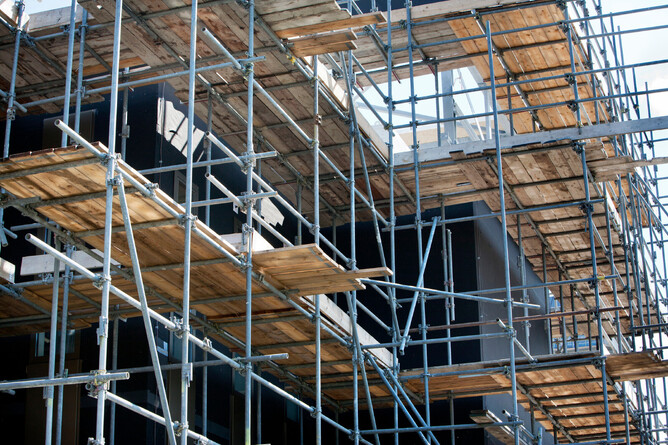Whether you’re doing renovation work or building a new structure, scaffolding is essential to construction projects. But have you ever wondered about scaffolding’s origins, and how it has evolved over time?
Our guide to the evolution of scaffolding will take you through scaffolding’s long history, from its earliest known uses up to the present day. If you’re reading this guide, you’re probably looking to have scaffolding erected to support your construction project – so, once you’ve finished learning about scaffolding’s history, be sure to get in touch with us here at Tauranga Scaffolding to start making use of our scaffolding services.
A History of Scaffolding
Scaffolding has been in use for much longer than you might expect, with the earliest known examples dating back thousands of years. Just like modern scaffolding, it was used to support structures during the building process and allowed workers to reach higher areas. There is evidence that a form of wooden scaffolding was used during the construction of the pyramids in Egypt. Meanwhile, in ancient China, scaffolds were made from bamboo – in fact, bamboo is still used to construct scaffolds in some countries. However, these ancient forms of scaffolding are likely to have been quite different to what you might imagine when you think of modern scaffolding.
Something resembling modern scaffolding began to emerge several centuries ago, in medieval England. During this time period, scaffolding was used to support the construction of buildings such as churches and cathedrals.
Of course, there have been many changes to scaffolding since then, particularly over the past few decades. Safety measures have been developed to improve the stability of the scaffold and reduce the risk for those working on or around scaffolding. Changes have also been implemented to make scaffolding quicker and easier to erect and dismantle. For example, it used to be common for scaffolds to feature steel tubing, but these days, steel is often replaced with lighter metals such as aluminium. Using lightweight materials where possible means that the time required to set up and take down a scaffold is reduced. This has the effect of making scaffolding simpler and more convenient to use, even for construction projects with tight timescales.
Now that you know more about the history of scaffolding and how it has evolved over the years, it’s time to get in touch with us. At Tauranga Scaffolding, we provide scaffolding hire services, and can erect scaffolding in both residential and commercial settings. Contact us today or explore our website to find out more.

